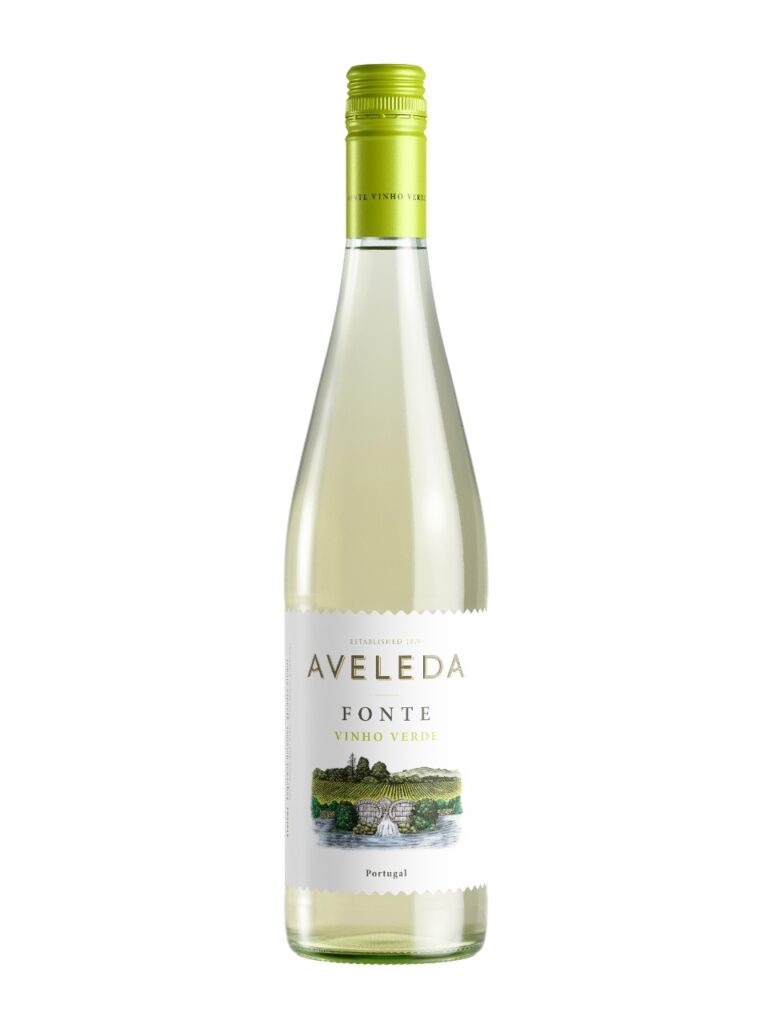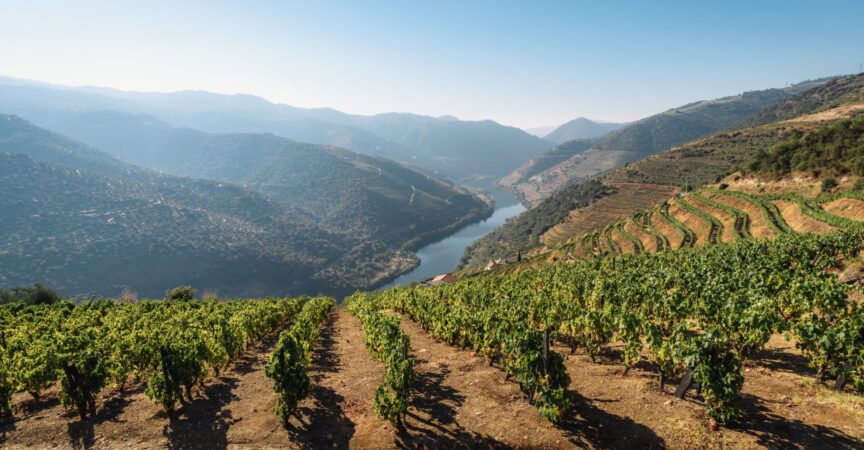Vinho Verde is not Green Wine
By: Treve Ring
Now that I’ve dispelled that myth let’s reset your compass. While serious, structural, terroir-focused and mineral-driven Vinho Verde is largely unrepresented in Canada, this growing sector makes up approximately 20% of the region’s wines today.
The Basics
The Vinho Verde region is situated in northwestern Portugal and flanked by the bracing Atlantic Ocean to the west, the Minho River and border with Spain to the north, inland mountains to the east, and roughly to the Douro River in the south. Though to our ears Vinho Verde means Green Wine, the name references the lush greenness of the appellation, one marked by high rainfall (about 1200mm / year) and a mild climate. The appellation, the largest DOC in Portugal, was demarcated in 1908 and today has 9 recognized subregions, each with regional differences and microclimates. Serious wines are increasingly listing these subregions (Monçao & Melgaço, Lima, Cávado, Ave, Sousa, Paiva, Baião, Amarante, Basto) on the label, tying their wines to the distinct terroirs.
The appellation sees a series of East-West river valleys that funnel the cooling Atlantic winds inward and topography that rises from the coast to the interior. The mountainous areas to the east and south form the natural separation between Vinho Verde and the more inland regions. The soils are predominantly granite throughout, with two narrow schist bands that cross the region in a SE > NW direction.
The Wines
There are 16,000 hectares of vineyards and 16,000 mostly small growers; only 370 wine bottlers. There are 45 allowed grapes for the PDO Vinho Verde, and 67 allowed for the larger PGI (Vinho Regional) Minho. In 2021 sales of Vinho Verde were 85.6% white, 9,8% red and 4,6% rose. In addition, a smattering of sparkling wine is being produced, though I predict a swell in future years as winemakers gain more experience with the various styles of fizz.



The Grapes
Vinho Verde has done well to preserve its indigenous varieties by looking deeper into their history rather than outside the region. Research into indigenous varieties, clones, better site selection, soils, and farming has led to tremendous growth in quality. Savvy vintners are keeping a close eye on climate change and trying more elevated vineyards and focusing on single varieties rather than the traditional blends, highlighting which indigenous grapes grow best in particular areas.
Alvarinho is the headline white variety, firmly rooted in the dryer granitic sands of Monção & Melgaço, in northern Vinho Verde. This ageworthy white has smaller bunches and lower yields, transmitting white peach, almond, and saline notes to its structural wines. Loureiro, the most planted variety, is rich with honeysuckle and floral notes, thriving near the Atlantic coastline. Salty coastal Arinto brings high acid wines with ample citrus and pear, while Azal thrives in warmer, inland areas, with its deep lemon and green apple notes. Avesso is lower in acid, showcasing stonefruit and flowers, while Trajadura is the alluring spicebox of the bunch, adding body, ripe stonefruit, and ample perfumed spices.
For the reds and rosés, you’ll find a string of local grapes providing crunchy red fruits, perfumed florals, and ample tannins. Deeply hued Vinhão leads the pack, with its biting acidity and mulberry, pomegranate notes, while tangy Amaral, perfumed Borracal, and aromatic Alvarelhao are making their own appearance, with characterful, charming, and often chillable reds.
As mentioned, you may have to do some digging to seek these out in Canada, but it’s certainly worthwhile. As one would expect from an Atlantic region, these singular wines are stunning with all matters of seafood/shellfish, and well suited to Canada’s fresh spring and summer produce. Saudé.

TREVE RING
Treve Ring is a wine writer and editor, judge and speaker, and perpetual traveller. A certified sommelier, WSET diploma holder, French wine scholar and instructor, and Sherry instructor, she is based on Vancouver Island, Canada, though is most often found on a plane or in a vineyard.









